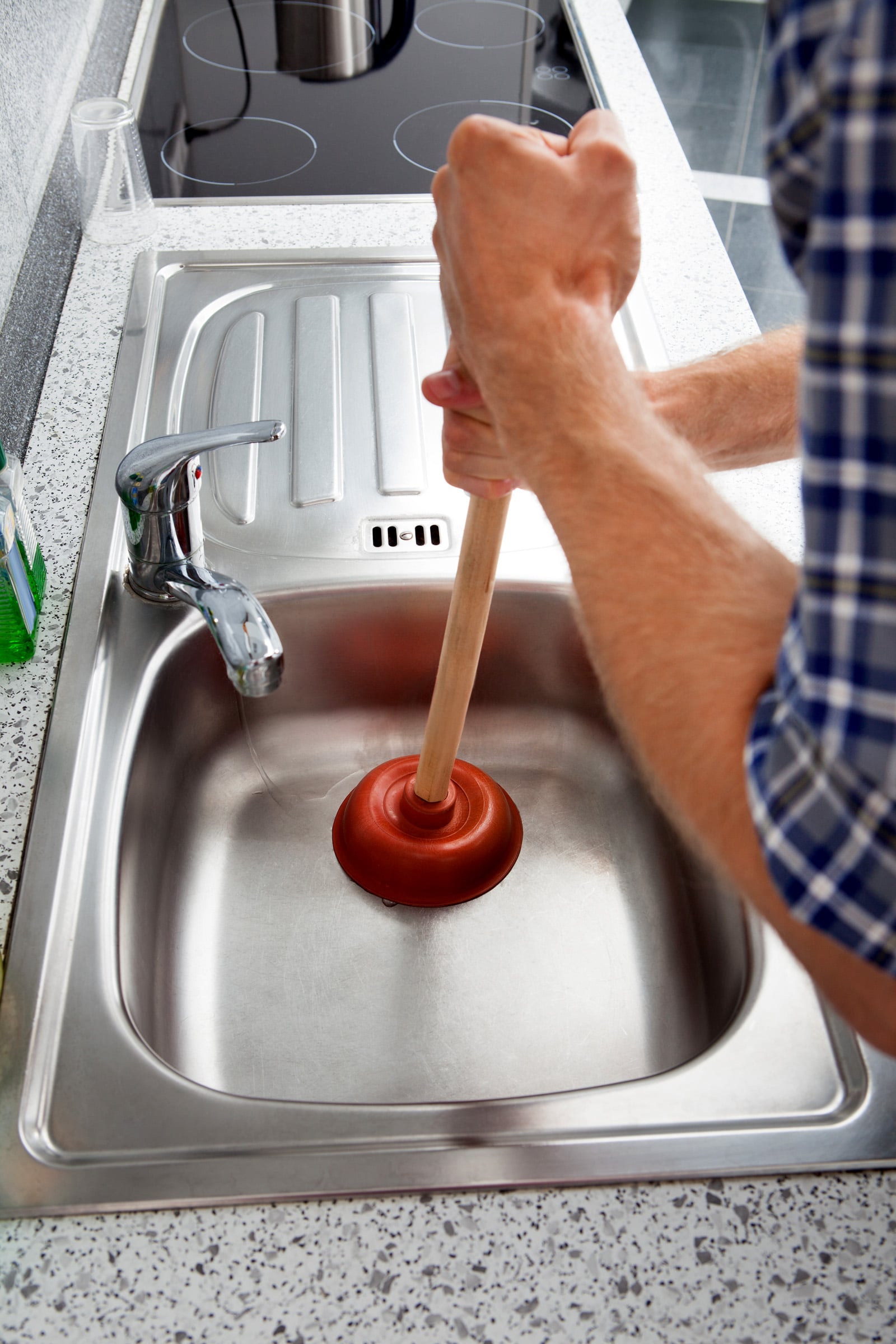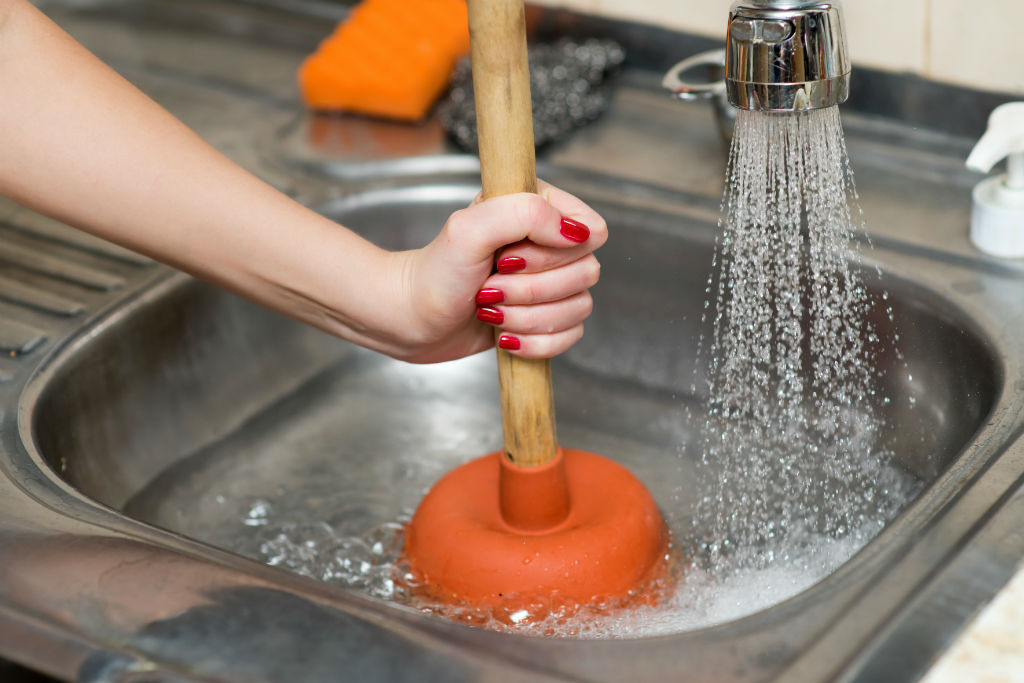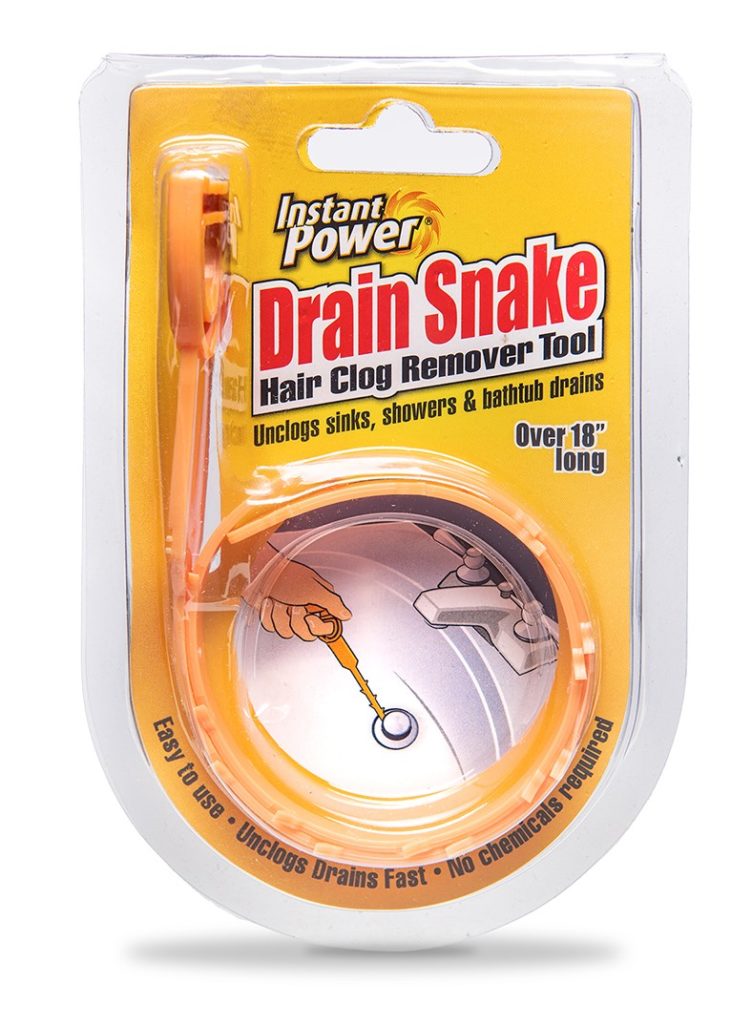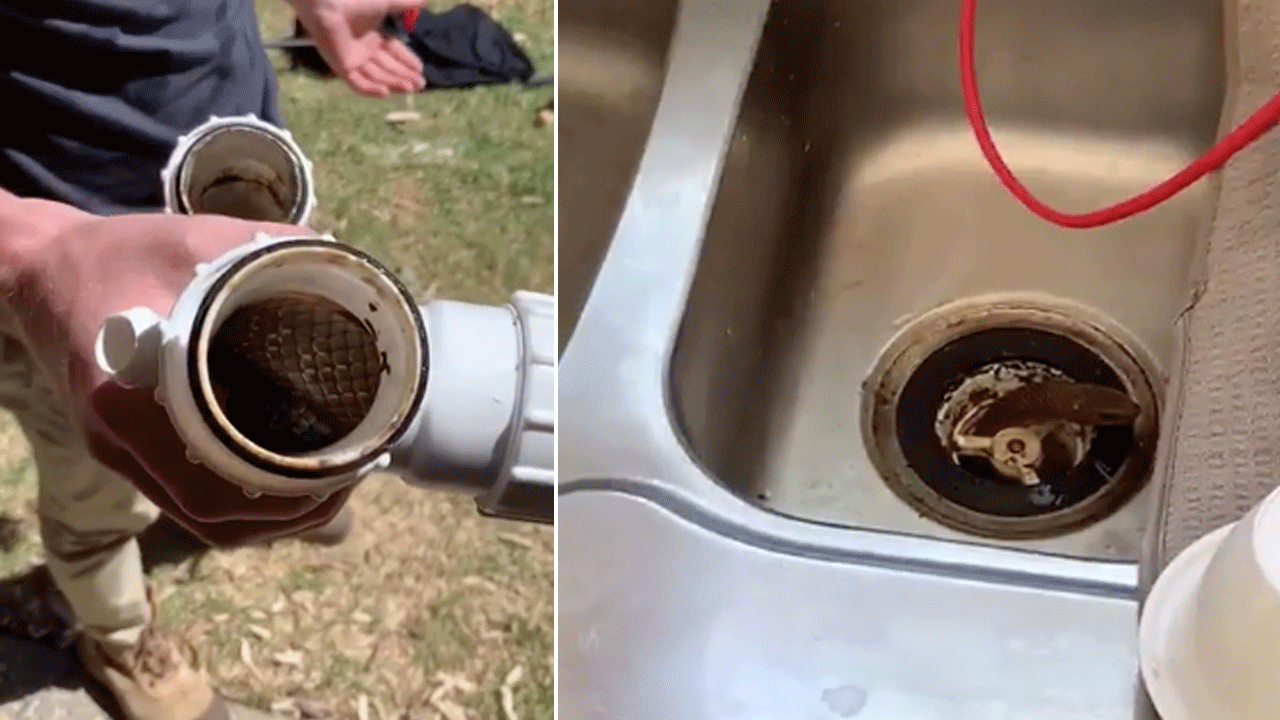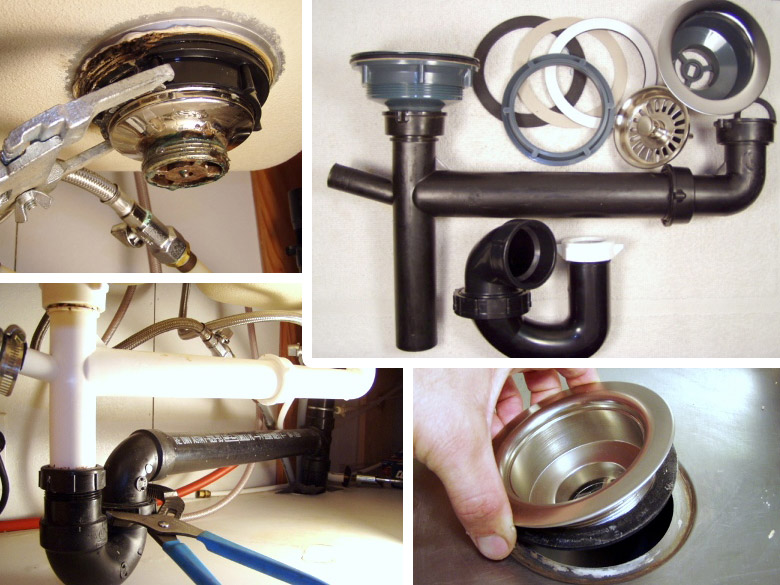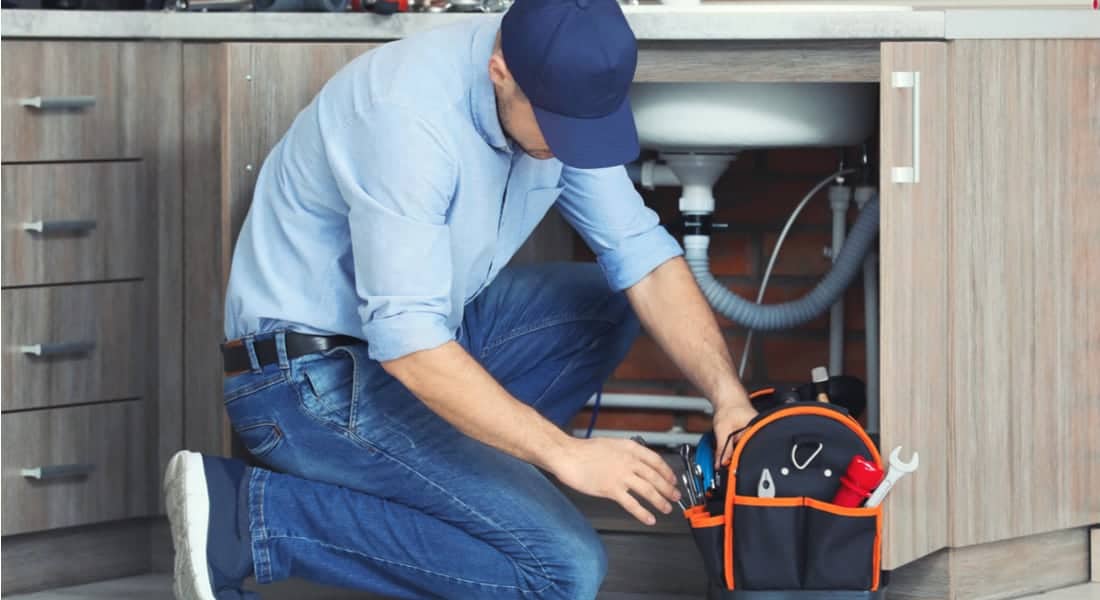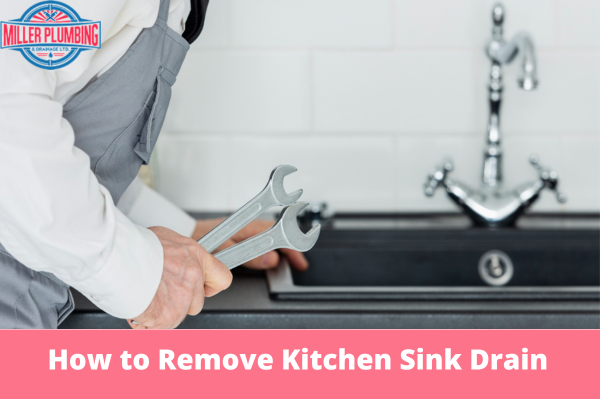If you've noticed your kitchen sink draining slower than usual or even backing up, you may have a clog in your drain. This can be a frustrating and inconvenient problem to deal with, but luckily there are some simple solutions to try before calling a plumber. With a few household items and some elbow grease, you can unclog your kitchen sink drain and have it running smoothly again in no time. Baking soda and vinegar are two common household items that can be used to unclog a kitchen sink drain. Start by pouring a pot of boiling water down the drain to help loosen any buildup. Then, pour about 1/2 cup of baking soda down the drain, followed by 1/2 cup of vinegar. The mixture will create a foaming reaction, which will help break up and dissolve any clogs. Let it sit for about 15 minutes and then pour another pot of boiling water down the drain to flush it out. If the clog is still present, you can try using a plunger to dislodge it. Make sure to cover the overflow hole with a wet cloth or towel to create a strong seal. Then, plunge vigorously for a few minutes to try and break up the clog. If this method doesn't work, you can also try using a plumbing snake to physically remove the obstruction from the drain.How to Unclog a Kitchen Sink Drain
A leaky kitchen sink drain can not only cause water damage, but it can also be a major annoyance. The first step in fixing a leak is to determine where it is coming from. Check the plumbing connections under the sink for any visible leaks. If you don't see any, the leak could be coming from the drain basket or gasket. To fix a leak at the drain basket, you will need to remove it from the sink. Start by disconnecting the P-trap underneath the sink. Then, use a wrench to loosen and remove the locknut holding the drain basket in place. Once the basket is removed, you can replace the gasket and reassemble the drain basket. If the leak is coming from the gasket itself, simply replace it with a new one. If the leak is coming from the plumbing connections, you will need to tighten them or replace them if they are damaged. Make sure to turn off the water supply to the sink before making any repairs. After tightening or replacing the connections, turn the water back on and check for any leaks.How to Fix a Leaky Kitchen Sink Drain
If you are installing a new kitchen sink or replacing an old one, you will need to install a new drain as well. The first step is to measure the opening in your sink to determine the size of the drain you will need. Then, assemble the drain by attaching the gasket and locknut to the drain basket. Place the assembled drain into the sink opening and tighten the locknut from underneath the sink. Next, connect the drain to the P-trap using the provided washers and slip nuts. Make sure to align the drain properly to prevent any leaks. Once the P-trap is securely attached, you can turn on the water and check for any leaks. If everything looks good, you're all set!How to Install a Kitchen Sink Drain
Regularly cleaning your kitchen sink drain is an important part of maintaining a healthy and functional plumbing system. Over time, food particles, grease, and soap scum can build up in your drain, causing unpleasant odors and potential clogs. To clean your drain, start by pouring a pot of boiling water down the drain to loosen any buildup. Next, mix together equal parts baking soda and salt and pour it down the drain. Let it sit for a few minutes and then pour a pot of boiling water down the drain to flush it out. You can also add a few drops of essential oils for a fresh scent. For a deeper clean, you can also use a plumbing brush to scrub the inside of the drain.How to Clean a Kitchen Sink Drain
If your kitchen sink drain is damaged or beyond repair, you may need to replace it. Start by turning off the water supply to the sink and emptying out any water in the sink. Then, follow the steps for installing a new drain. Once the old drain is removed, you may need to clean the area around the opening before installing the new drain. If you are replacing a garbage disposal, you will need to detach it from the old drain and attach it to the new one. Make sure to follow the manufacturer's instructions for proper installation. Once the new drain is securely in place, turn the water back on and check for any leaks.How to Replace a Kitchen Sink Drain
If the clog in your kitchen sink drain is too stubborn for the baking soda and vinegar method, you may need to use a plumbing auger or snake. Start by removing the drain stopper and inserting the auger or snake into the drain. Crank the handle clockwise to push the auger deeper into the drain and break up the clog. Once you feel the clog has been broken up, pull the auger out and run hot water down the drain to flush it out. If the clog is still present, you may need to repeat the process a few times. If you are using a snake, make sure to wear gloves and be cautious when handling it to avoid injury.How to Clear a Clogged Kitchen Sink Drain
If your kitchen sink drain is cracked or damaged, it may need to be repaired. Depending on the extent of the damage, you may be able to fix it yourself. Start by turning off the water supply to the sink and removing the drain basket from the sink. If the drain basket is cracked, you can use a plumbing epoxy to patch the crack. Make sure to follow the instructions on the product and allow it to dry completely before reassembling the drain. If the damage is more severe, you may need to replace the entire drain.How to Repair a Kitchen Sink Drain
If you are replacing your kitchen sink or making repairs, you may need to remove the drain. Start by turning off the water supply to the sink and emptying out any water in the sink. Then, use a wrench to loosen and remove the locknut holding the drain basket in place. Once the basket is removed, you may need to clean the area around the opening before installing a new drain. If you are replacing a garbage disposal, you will also need to detach it from the drain before removing it.How to Remove a Kitchen Sink Drain
Properly sealing your kitchen sink drain is important to prevent leaks and ensure proper function. To seal your drain, start by placing the gasket and locknut onto the drain basket. Place the basket into the sink opening and tighten the locknut from underneath the sink. Next, attach the P-trap to the drain using the provided washers and slip nuts. Make sure the P-trap is properly aligned to prevent any leaks. Once everything is securely attached, turn on the water and check for any leaks. If everything looks good, your kitchen sink drain is now properly sealed.How to Seal a Kitchen Sink Drain
Maximizing Space and Functionality: Water Drain Under Kitchen Sink

Efficient House Design Begins in the Kitchen
:max_bytes(150000):strip_icc()/how-to-install-a-sink-drain-2718789-hero-24e898006ed94c9593a2a268b57989a3.jpg) When it comes to house design, the kitchen is often considered the heart of the home. It is where meals are prepared, memories are made, and families gather. As such, it is important for the kitchen to not only be aesthetically pleasing, but also functional and efficient. One crucial element of a well-designed kitchen is the water drain under the kitchen sink. This often overlooked feature plays a significant role in ensuring a smooth and hassle-free culinary experience. Let's take a closer look at how this small yet essential component can make a big impact in your kitchen.
When it comes to house design, the kitchen is often considered the heart of the home. It is where meals are prepared, memories are made, and families gather. As such, it is important for the kitchen to not only be aesthetically pleasing, but also functional and efficient. One crucial element of a well-designed kitchen is the water drain under the kitchen sink. This often overlooked feature plays a significant role in ensuring a smooth and hassle-free culinary experience. Let's take a closer look at how this small yet essential component can make a big impact in your kitchen.
Keeping the Kitchen Clean and Tidy
 The kitchen sink is used for a variety of tasks, from washing dishes to cleaning fruits and vegetables. Without a proper water drain, all the excess water and debris from these tasks can accumulate and create a mess. This not only makes the kitchen look cluttered and unkempt, but it can also lead to unpleasant odors and potential health hazards. A
well-designed water drain
helps to efficiently channel the water and food particles down the drain, keeping your kitchen clean and tidy.
The kitchen sink is used for a variety of tasks, from washing dishes to cleaning fruits and vegetables. Without a proper water drain, all the excess water and debris from these tasks can accumulate and create a mess. This not only makes the kitchen look cluttered and unkempt, but it can also lead to unpleasant odors and potential health hazards. A
well-designed water drain
helps to efficiently channel the water and food particles down the drain, keeping your kitchen clean and tidy.
Preventing Costly Plumbing Issues
 A clogged or malfunctioning water drain can lead to costly plumbing problems. Not only can it cause water to back up and potentially flood your kitchen, but it can also result in damage to your pipes and drainage system. This can lead to expensive repairs or replacements, not to mention the inconvenience of not being able to use your kitchen sink.
Properly installed and maintained water drains
can prevent these issues and save you time and money in the long run.
A clogged or malfunctioning water drain can lead to costly plumbing problems. Not only can it cause water to back up and potentially flood your kitchen, but it can also result in damage to your pipes and drainage system. This can lead to expensive repairs or replacements, not to mention the inconvenience of not being able to use your kitchen sink.
Properly installed and maintained water drains
can prevent these issues and save you time and money in the long run.
Maximizing Space and Functionality
 With kitchen spaces getting smaller in modern homes, it is important to maximize every inch of the area. A
well-designed water drain
can help with this by taking up minimal space under the kitchen sink. This allows for more storage and countertop space, making your kitchen more functional and organized. Additionally, some water drains come with built-in garbage disposals, further enhancing the efficiency and functionality of your kitchen.
With kitchen spaces getting smaller in modern homes, it is important to maximize every inch of the area. A
well-designed water drain
can help with this by taking up minimal space under the kitchen sink. This allows for more storage and countertop space, making your kitchen more functional and organized. Additionally, some water drains come with built-in garbage disposals, further enhancing the efficiency and functionality of your kitchen.
Incorporating Style into Function
/sink-pipe-under-wash-basin-119001607-75542e154b364e7bb52032249f293908.jpg) While the main purpose of a water drain is functionality, it can also add to the overall style and design of your kitchen. There are various types of water drains available, from traditional to more modern and sleek designs. By choosing a drain that complements the aesthetic of your kitchen, it can enhance the overall look and feel of the space.
While the main purpose of a water drain is functionality, it can also add to the overall style and design of your kitchen. There are various types of water drains available, from traditional to more modern and sleek designs. By choosing a drain that complements the aesthetic of your kitchen, it can enhance the overall look and feel of the space.
Conclusion
 The water drain under the kitchen sink may seem like a minor detail, but it plays a major role in the functionality and efficiency of your kitchen. By incorporating a
well-designed water drain
into your house design, you can keep your kitchen clean and tidy, prevent costly plumbing issues, maximize space, and even add a touch of style. So the next time you're designing or renovating your kitchen, don't forget to give this small yet important component the attention it deserves.
The water drain under the kitchen sink may seem like a minor detail, but it plays a major role in the functionality and efficiency of your kitchen. By incorporating a
well-designed water drain
into your house design, you can keep your kitchen clean and tidy, prevent costly plumbing issues, maximize space, and even add a touch of style. So the next time you're designing or renovating your kitchen, don't forget to give this small yet important component the attention it deserves.




:max_bytes(150000):strip_icc()/freshen-and-unclog-drain-with-baking-soda-1900466-22-bbf940b70afa4d5abef0c54da23b1d3f.jpg)







/how-to-unclog-a-kitchen-sink-2718799_sketch_FINAL-8c5caa805a69493ab22dfb537c72a1b7.png)













/how-to-install-a-sink-drain-2718789-hero-b5b99f72b5a24bb2ae8364e60539cece.jpg)







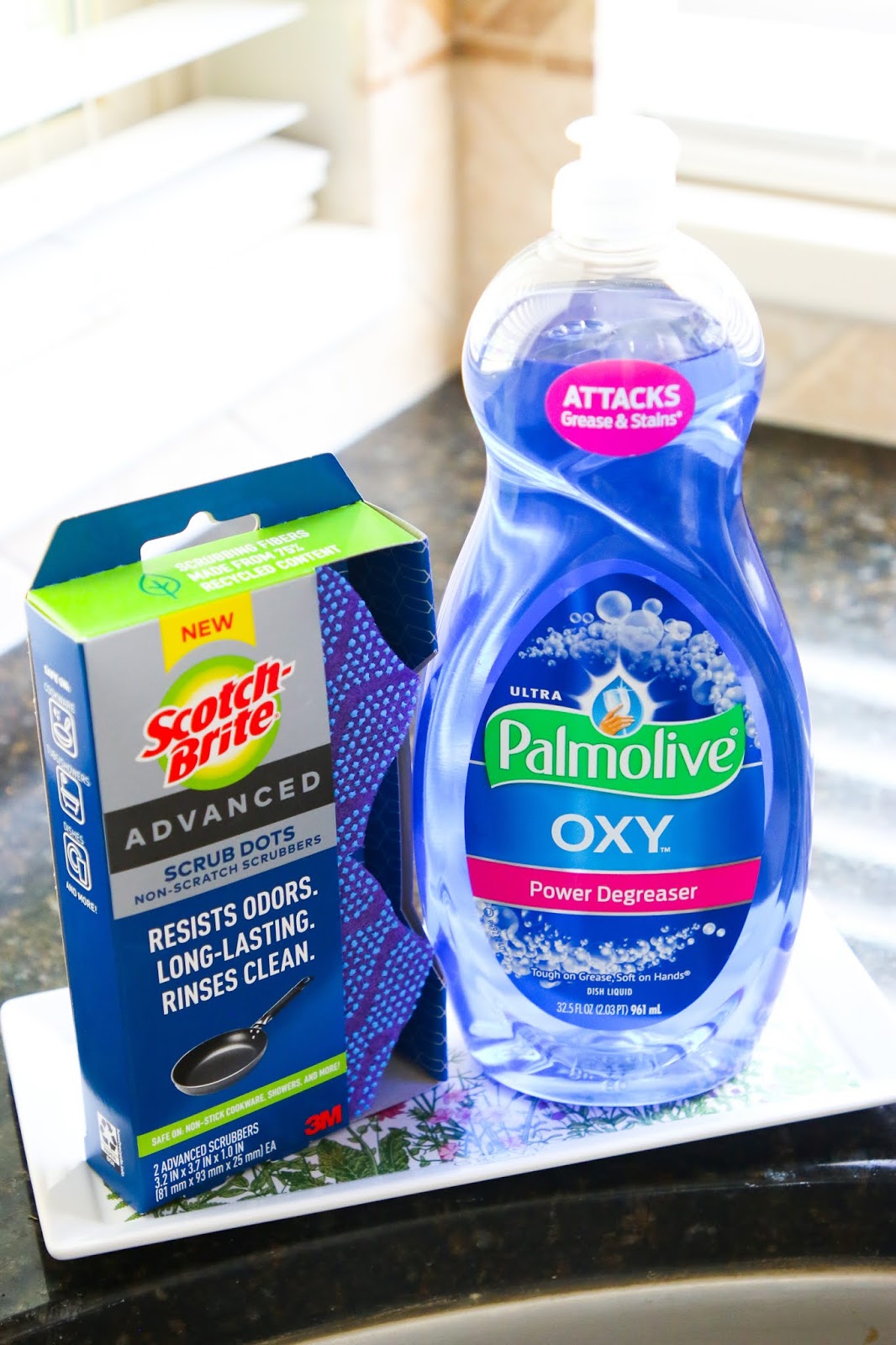





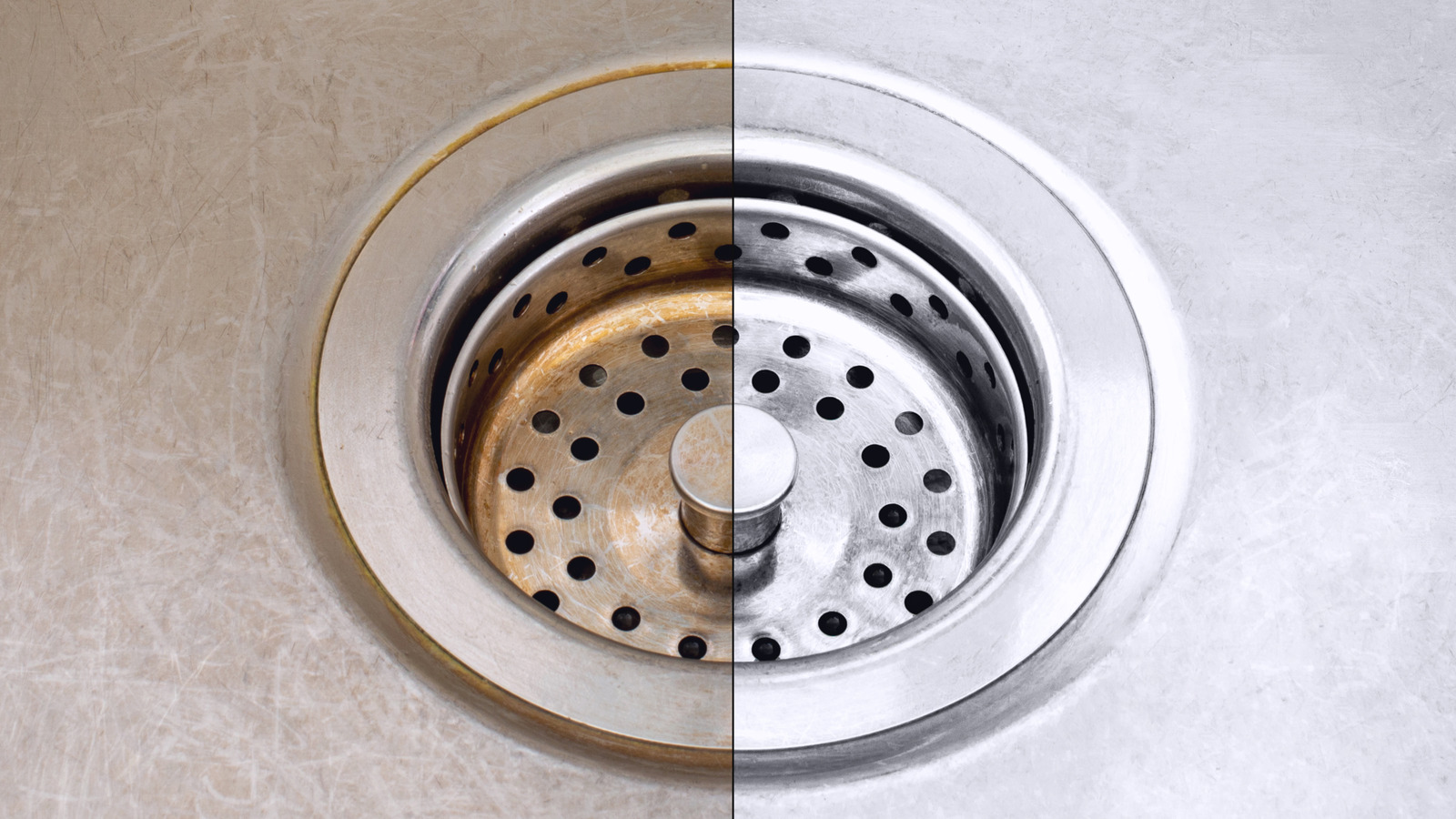
:max_bytes(150000):strip_icc()/how-to-clean-a-kitchen-sink-and-drain-01-5660035-a1d8afe3894346f9a579e66c55e64b7d.jpg)







